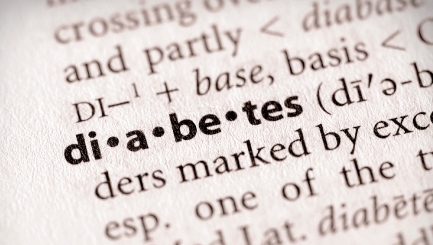High Fructose Corn Syrup: Worse Than Sugar For Diabetes?
 Type 2 diabetes is one of the world’s fastest growing health issues. It now affects the wellbeing of hundreds of thousands of people worldwide. Whilst it is well known that excessive consumption of sugar can lead to the onset of type 2 diabetes, a new study published in Global Public Health suggests that there could be something worse than sugar: high fructose corn syrup (HFCS).
Type 2 diabetes is one of the world’s fastest growing health issues. It now affects the wellbeing of hundreds of thousands of people worldwide. Whilst it is well known that excessive consumption of sugar can lead to the onset of type 2 diabetes, a new study published in Global Public Health suggests that there could be something worse than sugar: high fructose corn syrup (HFCS).
The study has published findings that suggest that countries where there is a higher availability of HFCS have a higher prevalence for people developing type 2 diabetes. The study was based on consumption of HFCS in 43 countries. The researchers discovered that the likelihood of diabetes was 20 percent higher in countries that had a higher prevalence of HFCS compared to countries where HFCS is less available.
The study is relatively controversial. Research into understanding the differences between sugars and HFCS is actually quite limited and there are widely differing schools of thought on the issue. Some even go as far as to say that there is a broad scientific consensus that table sugar and high fructose corn syrup are nutritionally and metabolically similar. Both sugar and HFCS are a combination of fructose and glucose.
Nevertheless, the researchers have argued that there is a difference between fructose found in fruit and that which is found in refined products like the corn syrup. Fruit contains fibre which slows the absorption of syrup, while HFCS contains no fibre at all.
There was a wide range of levels of HFCS varied widely throughout the study. About half of the countries had little to no HFCS present in their food supply. However, a number of countries were actually using very high levels. For example, in the United States people consume over 55 pounds of HFCS every year.


Comments are closed.